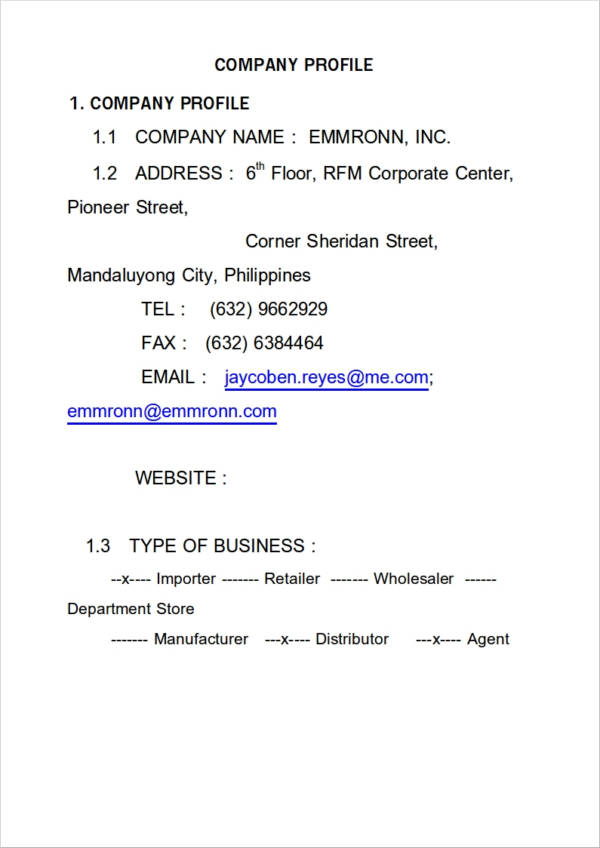
Documents, to-do lists, and other Notion components are organized in workspaces and pages. When you first log in to Notion, it can be hard to know where to start if you don’t understand how the platform is designed to work conceptually. Although that is gradually changing in Microsoft 365 as Loop components are introduced to Outlook and Teams. This is in contrast to Microsoft 365, where apps like Planner and Lists are siloed from each other. One of the key differences between Notion and Microsoft Teams, is that Notion allows you to freely organize to-do lists, databases, calendars, documents, and other components on a single page. Notion is primarily an app that works in your web browser but there is also a mobile app available for iOS and Android. There are many Notion alternatives, like Microsoft 365, Microsoft Teams, Asana,, Trello, ClickUp, note-taking app Evernote, and the list goes on. The Notion app competes with other productivity and collaboration platforms. For example, you could create a task list, a calendar for important events, a Kanban board to track the status of projects, and databases for work management. In addition to being a productivity tool, Notion can be used for project management. And team members can update the documents in real-time together. The workspace can be used to store all the documentation related to the project. Notion allows small teams of people to work together in real-time on documents, tasks, notes, wikis, and databases from different devices. For example, you could create a Notion workspace where your team will work on a project.

Is Notion the right solution for your business?.



 0 kommentar(er)
0 kommentar(er)
